Picture this: it’s a golden afternoon, the air humming with the soft buzz of bees and the scent of wildflowers. You’re strolling through your backyard garden or a quiet meadow, a basket in hand, gathering delicate chamomile flowers for a cup of tea that feels like a warm hug.
Chamomile tea, with its gentle apple-like sweetness, is more than a drink—it’s a moment of calm, a ritual rooted in nature. Whether you grow it yourself, forage it from the Midwest’s lush landscapes, or pick it up from a local market, chamomile is a treasure worth savoring. Let me guide you through crafting a perfect cup, from flower to teacup, with a touch of mint to brighten your day.
Flowers> Foraging / Recipes / Art
Where to Find Chamomile
Chamomile is a delightfully accessible herb. You can grow it in your garden—German chamomile (Matricaria chamomilla) thrives in sunny spots with well-drained soil. Plant seeds in spring, and by summer, you’ll have feathery green foliage topped with dainty white flowers and yellow centers, ready for harvest. It’s a low-maintenance gem, perfect for beginner gardeners.
If gardening isn’t your thing, you can forage chamomile in Wisconsin’s meadows, fields, and along country roadsides, especially from June to August. Look for German chamomile or its cousin, Roman chamomile (Chamaemelum nobile), in sunny, open areas. Not a forager? No problem—you can purchase fresh or dried chamomile at local farmers’ markets, health food stores like Whole Foods, or online from Nature Restore.
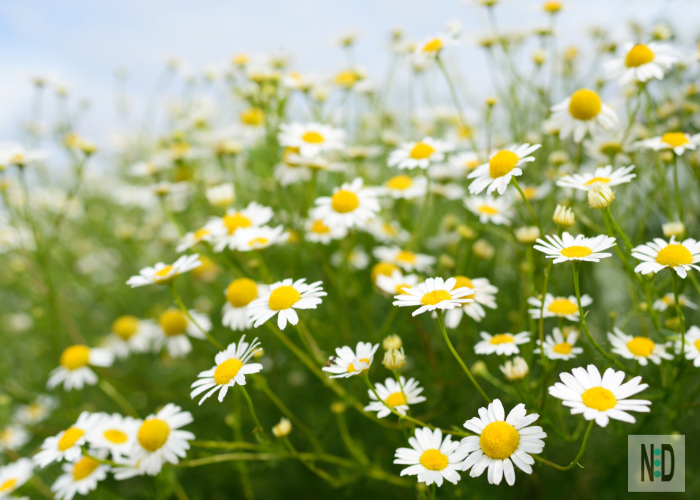
Identifying Chamomile: Know What You’re Picking
Foraging is a joy, but it demands care. Chamomile’s telltale signs are its small, daisy-like flowers—white petals, yellow centers, and a sweet, apple-like scent when crushed. German chamomile grows upright, about 1-2 feet tall, with fern-like leaves, while Roman chamomile is low-growing and slightly more spreading. Always confirm your find: rub a flower gently; if it smells like apples, you’re likely on the right track.
Beware of look-alikes like pineapple weed (which lacks white petals) or scentless chamomile (odorless and less potent). Most critically, avoid hemlock or dog fennel, which are toxic and lack chamomile’s sweet scent. If you’re new to foraging, bring a field guide (like Peterson Field Guide to Medicinal Plants) or consult with a local herbalist. Know what you’re foraging—when in doubt, don’t pick it. Safety first!
Crafting Your Chamomile Tea
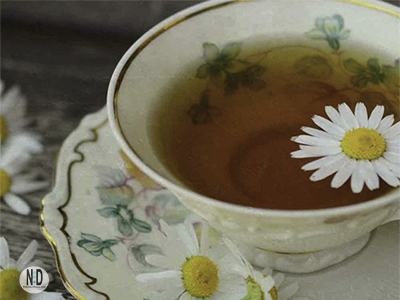
Ingredients
4 Tablespoons of fresh chamomile flowers
8 Ounces of boiling water
Sprig of fresh mint
Tea Infuser
Directions
1. Harvest or gather your chamomile. If you’re using fresh flowers, pluck them on a dry morning after the dew has evaporated—when their aroma is at its peak. Fresh flowers give a vibrant, delicate flavor, but dried ones work beautifully too (just double the amount for the same soothing taste).
2. Prepare your tea. Fill a tea kettle with 8 ounces of water and bring it to a gentle boil. Place 4 tablespoons of fresh chamomile flowers and a sprig of mint into a tea infuser. The mint adds a refreshing note, like a cool breeze on a warm Midwest day.
3. Steep and savor. Submerge the infuser in the boiling water, then remove from heat. Let it steep for 5-7 minutes, allowing the flowers to release their calming essence. Remove the infuser, pour the golden liquid into your favorite teacup, and take a moment to breathe in the floral steam.
Sip slowly, letting the warmth and subtle sweetness melt away the day’s worries. It’s like bottling a summer meadow in a cup.
A Note of Caution
The information on this site has not been evaluated by the U.S. Food & Drug Administration. This information is not intended to diagnose, treat, cure, or prevent any health condition and must not be considered a substitute for professional medical advice and care. ALWAYS seek the approval of a qualified medical professional before consuming any new herb, herbal tea, or other unfamiliar substance.
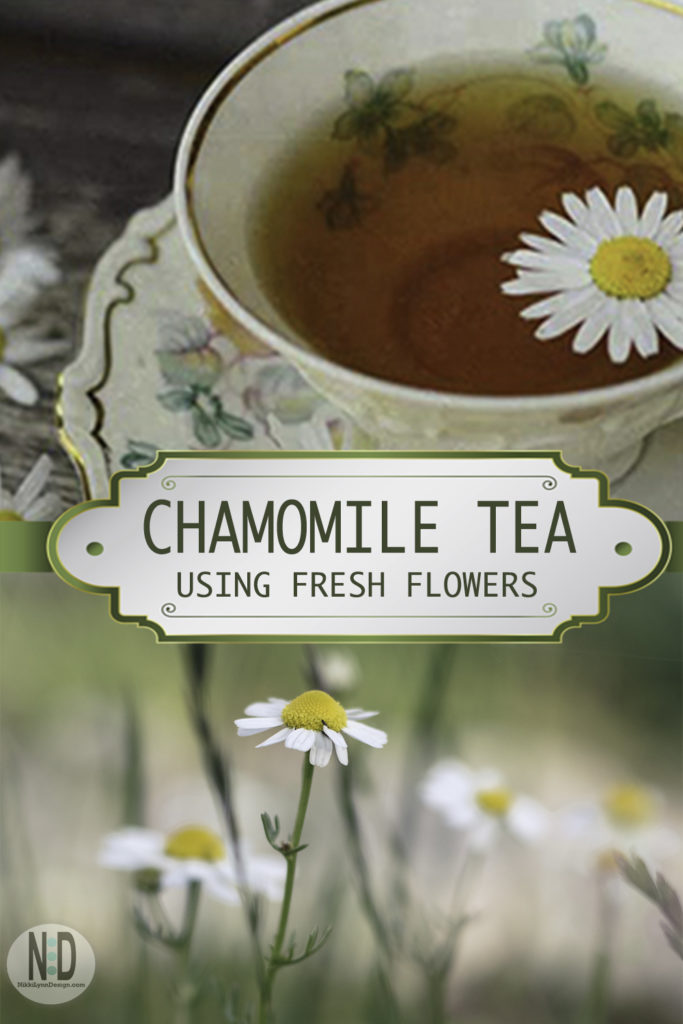
ALWAYS seek the approval of a qualified medical professional before you consume any new herb, herbal tea, or other unfamiliar substance!
As you cradle your steaming cup of chamomile tea, let its gentle warmth remind you of nature’s simple gifts, waiting to be discovered in your own backyard or a quiet meadow. This small ritual is just the beginning—there’s so much more to explore!
If you loved this journey from flower to teacup, dive into my gardening section for tips on growing your own chamomile, wander through my foraging guides to safely uncover nature’s edible treasures and how to use them creatively, or get to know some of the Midwest’s wildflowers and weeds for a starting point to explore local plants. Here’s to finding joy in the wild, beautiful world around us—happy sipping and creating!
AFFILIATE POLICY: Posts on this site may contain links to outside vendors that pay me a commission when you purchase from them, at no additional cost to you. Thank you for supporting this site!
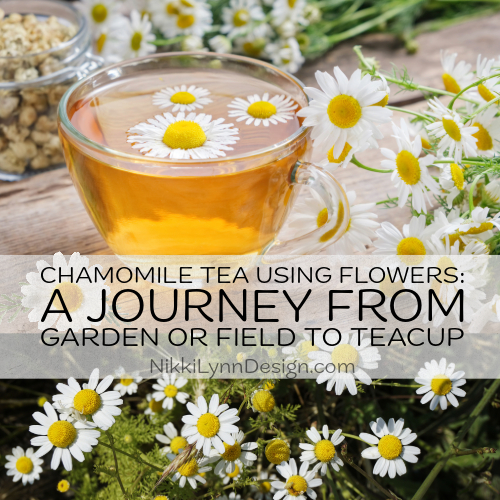
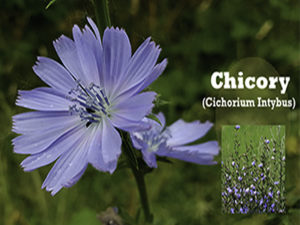



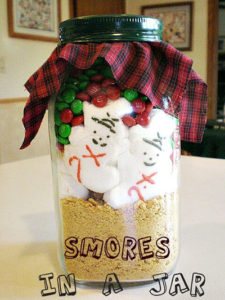



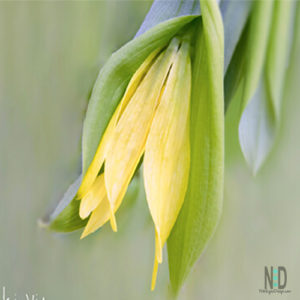
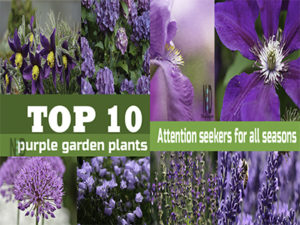
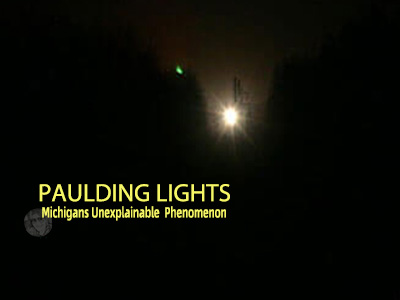


Leave a Reply
You must be logged in to post a comment.